Canada has a couple of relatively small communities, considering they were created and flourished through industries such as mining, forestry, and manufacturing. Unfortunately, some of these communities have faced uncertain futures as a result of economic transition, population decline, and environmental issues. Other towns in Canada may well become ghost towns within a decade due to job closures, an aging population, and a lack of diversification. Here are 18 of these towns, which were already on their way to having nothing in themselves, and if such trends continue, they might well be heading towards becoming non-existent.
Tumbler Ridge, British Columbia

The town of Tumbler Ridge has relied on coal mining for many years. Fluctuations in global demand for coal, combined with environmental concerns, pose a threat to the town’s economy. Therefore, with the reduction of work opportunities, people may find it necessary to relocate elsewhere for employment.
Cassiar, British Columbia
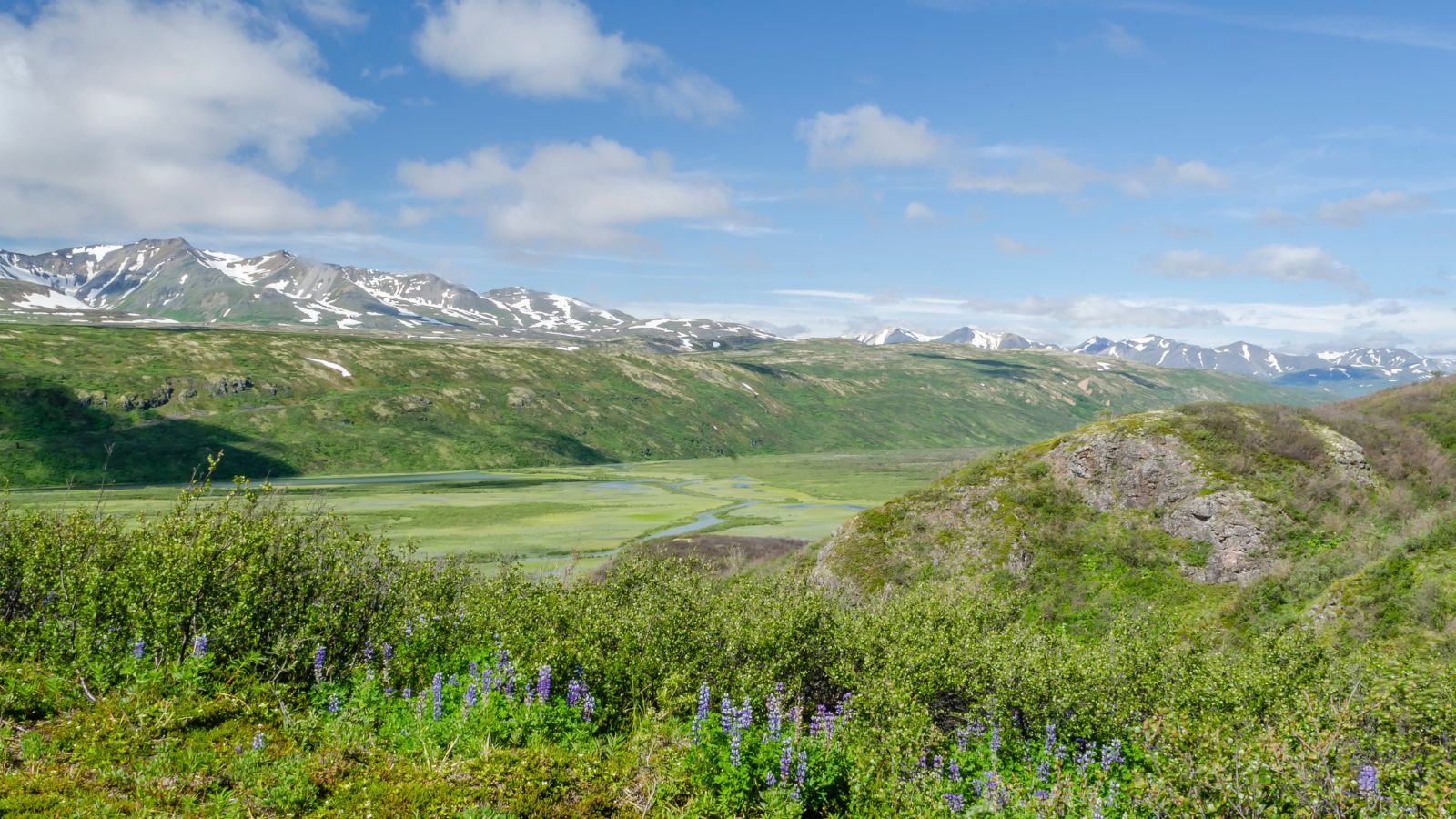
Cassiar, British Columbia, was once a thriving town, prospering from its asbestos mining industry. However, since the mine’s closure in the 1990s, the town has experienced a significant decline. With only a handful of seasonal workers remaining and no new industries emerging, Cassiar faces an uncertain future, gradually fading into obscurity.
Atikokan, Ontario
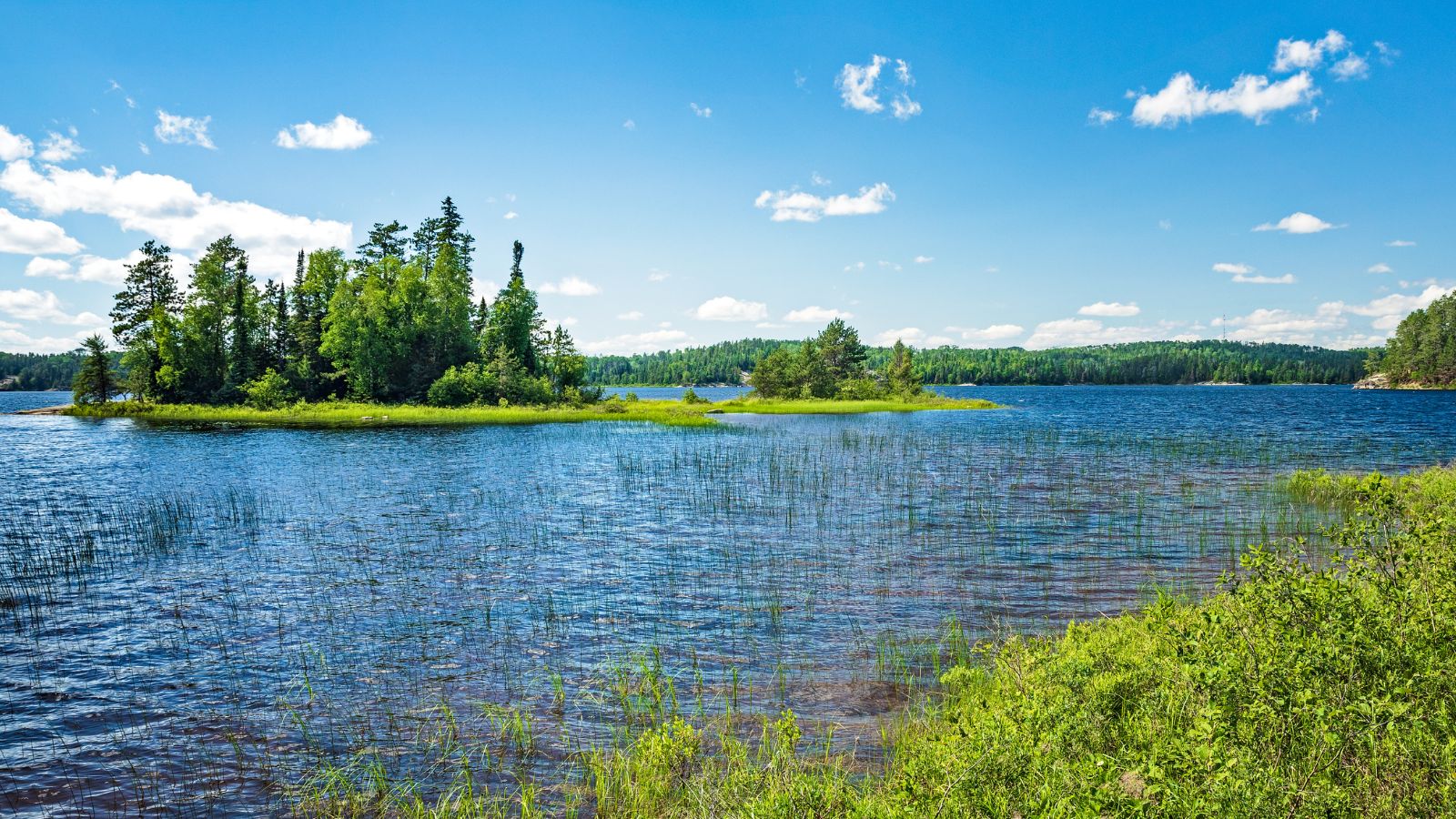
Atikokan, often referred to as the “Canoeing Capital of Canada,” has been facing numerous challenges recently, following the downturn of the mining and forestry industries in the town. Without a strong economic base to stand on, the town’s population may shrink even further and become a ghost town.
Bell Island, Newfoundland and Labrador
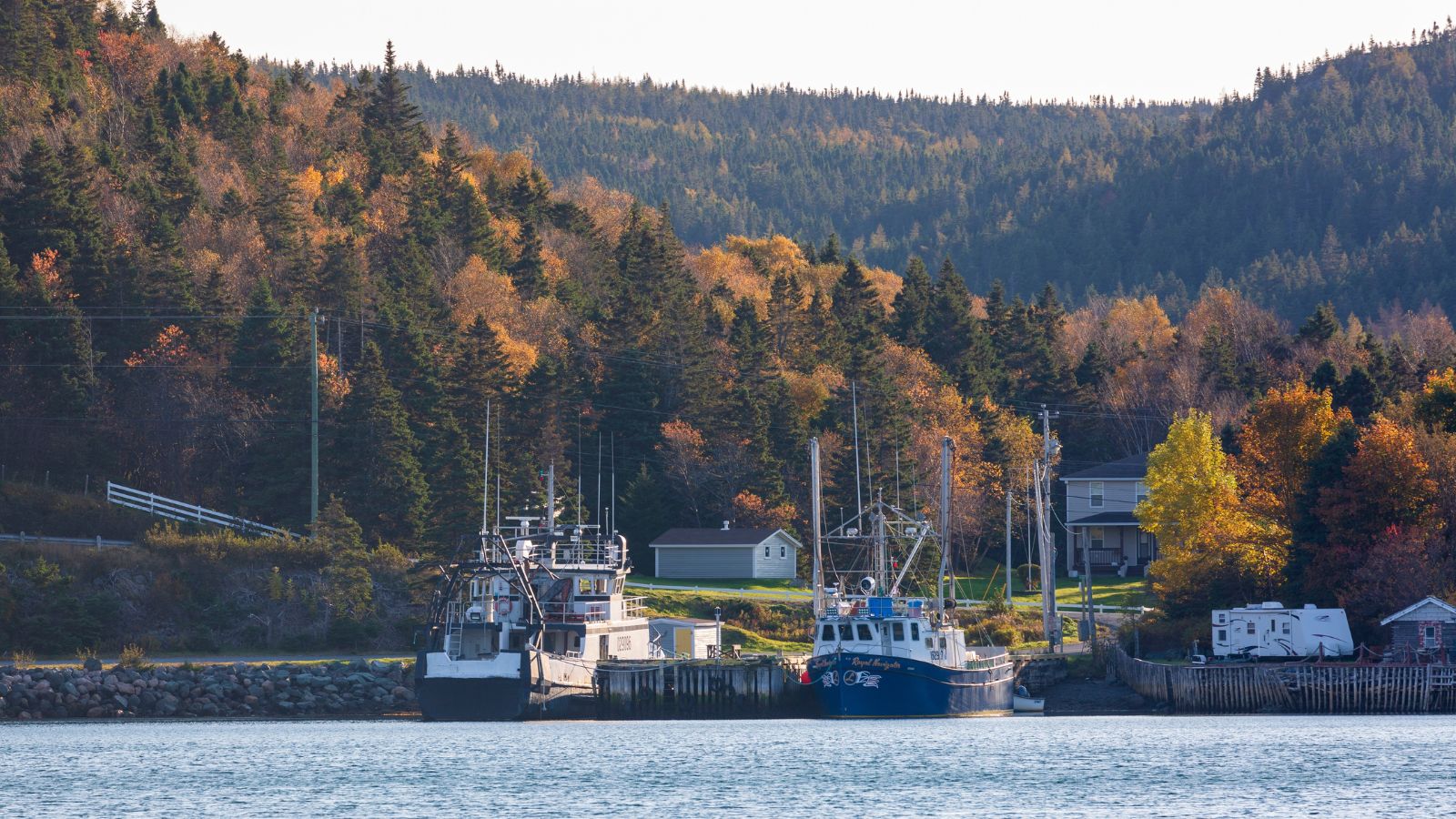
Bell Island, Newfoundland and Labrador, was once a thriving community driven by its iron ore industry. However, as mining declined, the town’s population also declined. Today, unemployment remains a significant challenge, and while Bell Island has a rich history, it is not enough to sustain the town solely through tourism, leaving its future uncertain.
Between Wawa, Ontario

Wawa, widely known for its great goose statue, appears to be less affected by the impact of the mining and forest industries. Vain attempts to boost tourism will not help keep a population that continues to shrink. The town is plagued by the loss of its youth, who tend to move to larger cities in search of better opportunities.
Fogo Island, Newfoundland and Labrador

Fogo Island has been combatting out-migration for several decades now. The fact is that even while contributing to arts and tourism programs, hordes continue to leave the young for larger centers with better opportunities. Most of the time, it’s due to tourism.
Hailing in Ignace, Ontario

Once a booming railroad town, Ignace soon suffered a decline in population with the decline of railroad jobs. Unless significant investments are made in new industries, this little town has a heavy possibility of enduring only for a decade more. Local authorities have been toying with renewable energy affairs, but very little has materialized, leaving the town in limbo.
New Waterford, Nova Scotia

The decline in the coal industry has severely affected New Waterford, and residents have gradually lost their jobs and moved out of the town. It could soon find itself in a situation of abandonment due to a lack of alternative industries. A few businesses have tried to pump life back into the economy, but not much has been accomplished so far.
Dawson City, Yukon
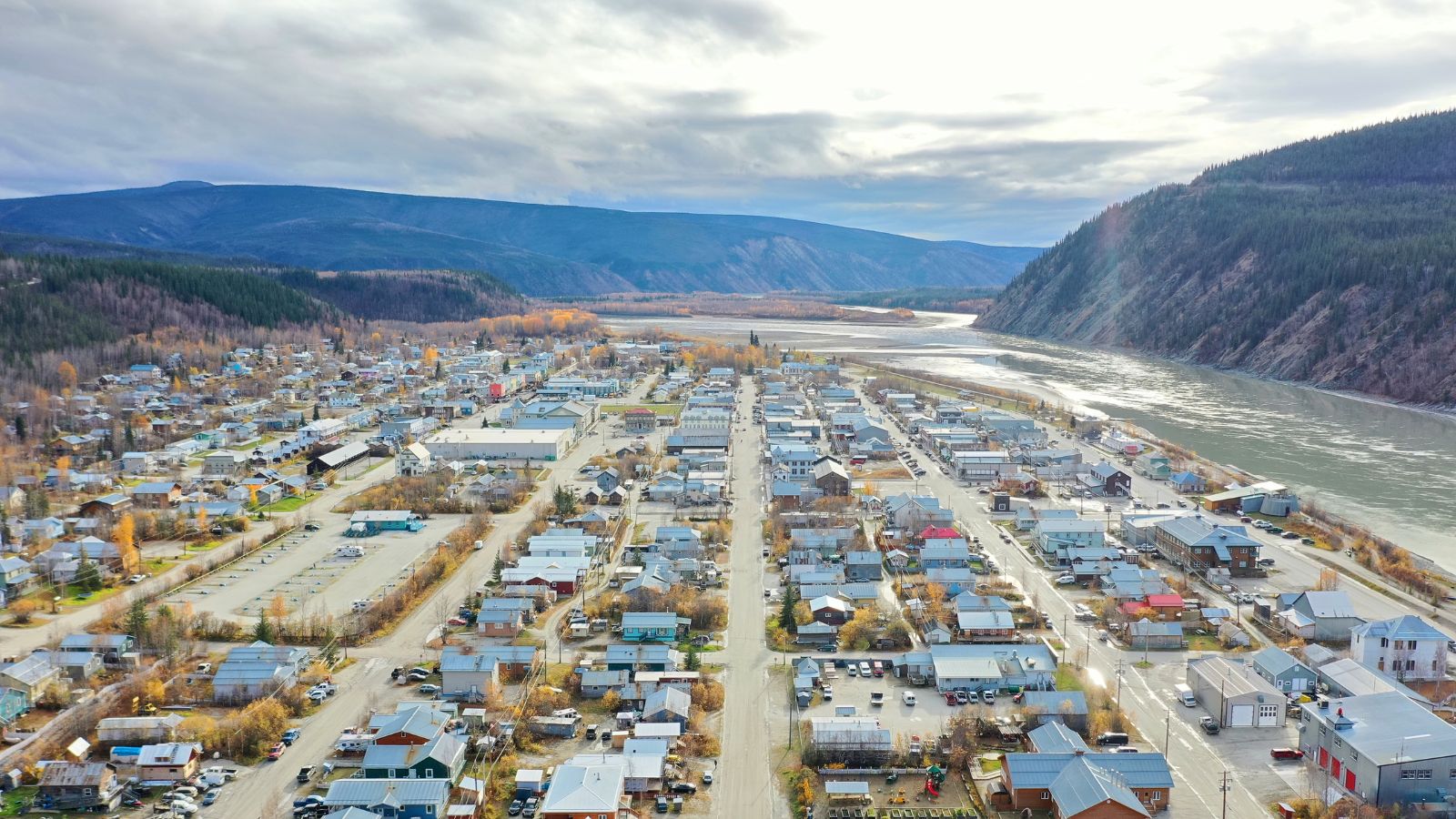
Dawson City, Yukon, has seen fluctuating population levels over the years, largely due to its historic connection to the Klondike Gold Rush. While tourism remains a key economic driver, harsh winters and limited job opportunities continue to push residents away. Despite its well-preserved historic buildings, the town’s future remains uncertain without a more stable economy.
Canso, Nova Scotia
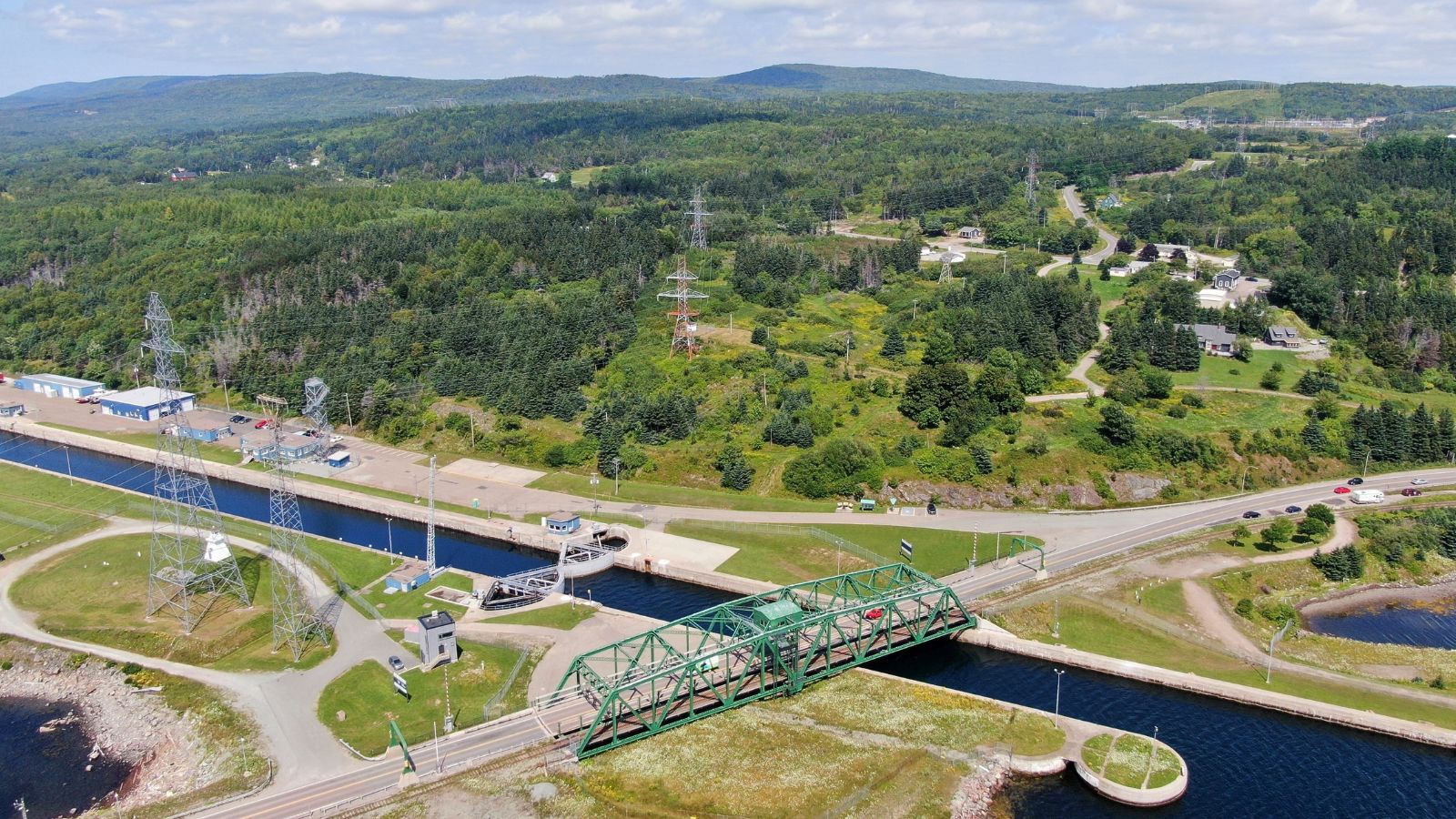
Canso, Nova Scotia, was once a bustling fishing town, but the collapse of the fishery has led to economic decline and population loss. With few job opportunities, many residents have moved elsewhere. While efforts have been made to develop ecotourism, progress has been slow, leaving the town’s long-term sustainability uncertain.
Uranium City, Saskatchewan

Once a bustling town shaped by mining history, Uranium City has witnessed a gradual decline in population since the mines were closed in the 1980s. Now, its remnants can scarcely be traced to survival in a few people; without any revival in the economy, it may soon become completely deserted. The town is too far from the developed areas to attract investment or even industry.
Glace Bay in Nova Scotia

This coal mining town has been suffering from economic downturns for many decades already. Because of the high out-migration of youths to better opportunities, the future looks bleak. The great potential cultural heritage that the town has will always remain, but its future in economic contexts is bleak.
Schefferville, Quebec
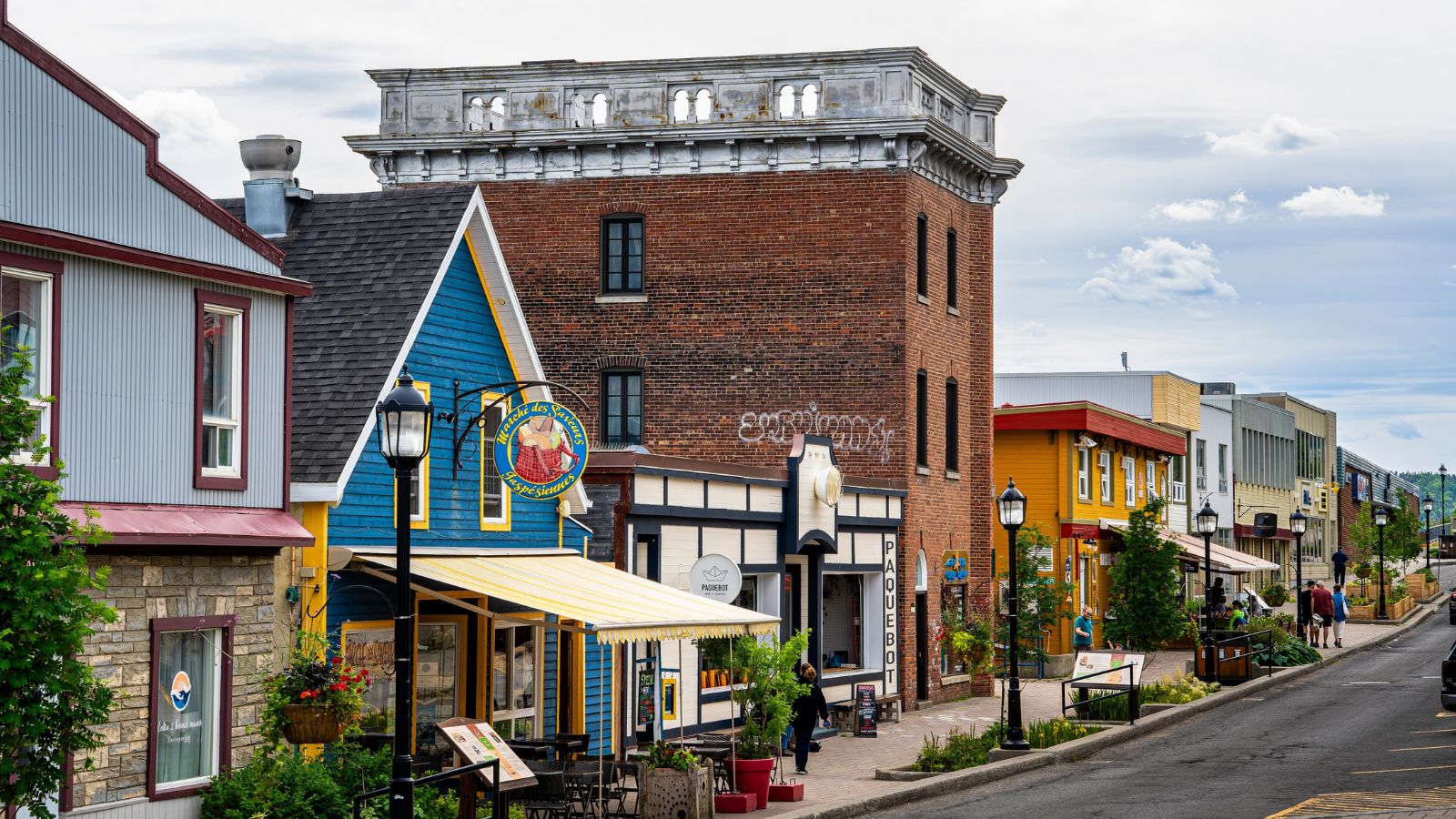
Schefferville, Quebec, is another isolated mining town that has struggled due to the decline of the iron ore industry. While there have been efforts to revitalize the town, ongoing economic challenges make its future uncertain. With mostly seasonal employment available, long-term residency remains difficult, and the town continues to face population decline.
Gagnon, Quebec

Gagnon had already been deserted during the previous season, owing to the mining of iron ore in the 1980s. Some efforts may be made to enliven the town, but it isn’t easy due to its remote location. One difficulty faced includes that most buildings were demolished when the town was abandoned.
The city of Churchill in Manitoba

The issue of climate change and economic crises engulfs Churchill, the well-known polar bear city. Obviously, tourism can only be seasonal, and that would not suffice to hold the town for a full year. The vulnerability of the town to outside economic influences was further demonstrated by the closing down of the railway in past years.
Leaf Rapids, Canada
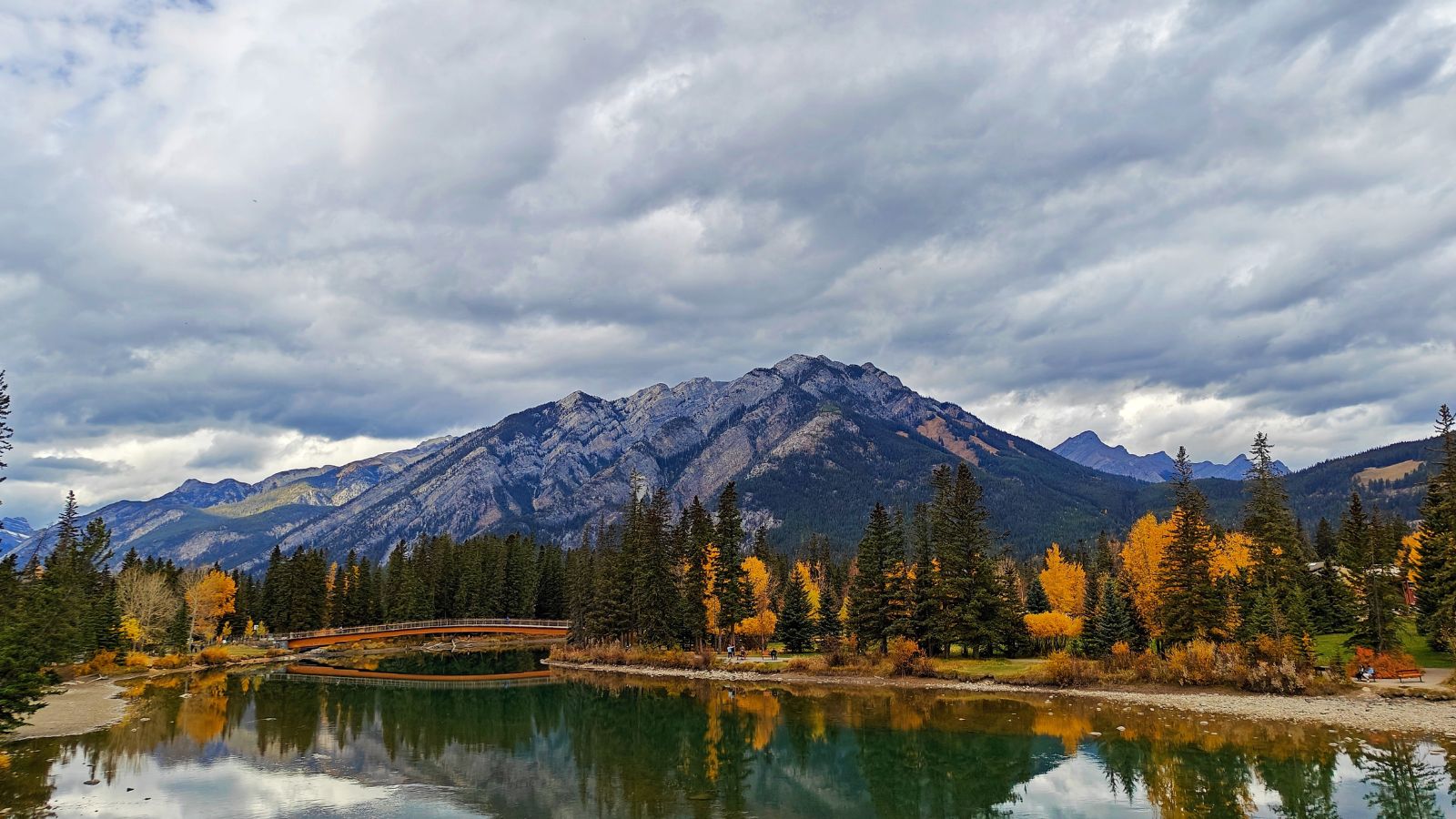
Created to be a model mining city, Leaf Rapids has almost seen it disappear because of mine closure. Many buildings are already abandoned, foreboding doom. However, this city’s unique design wants to demonstrate an open-planned life but does not seem sufficient to stop residents from leaving.
Fort McPherson, Northwest Territories
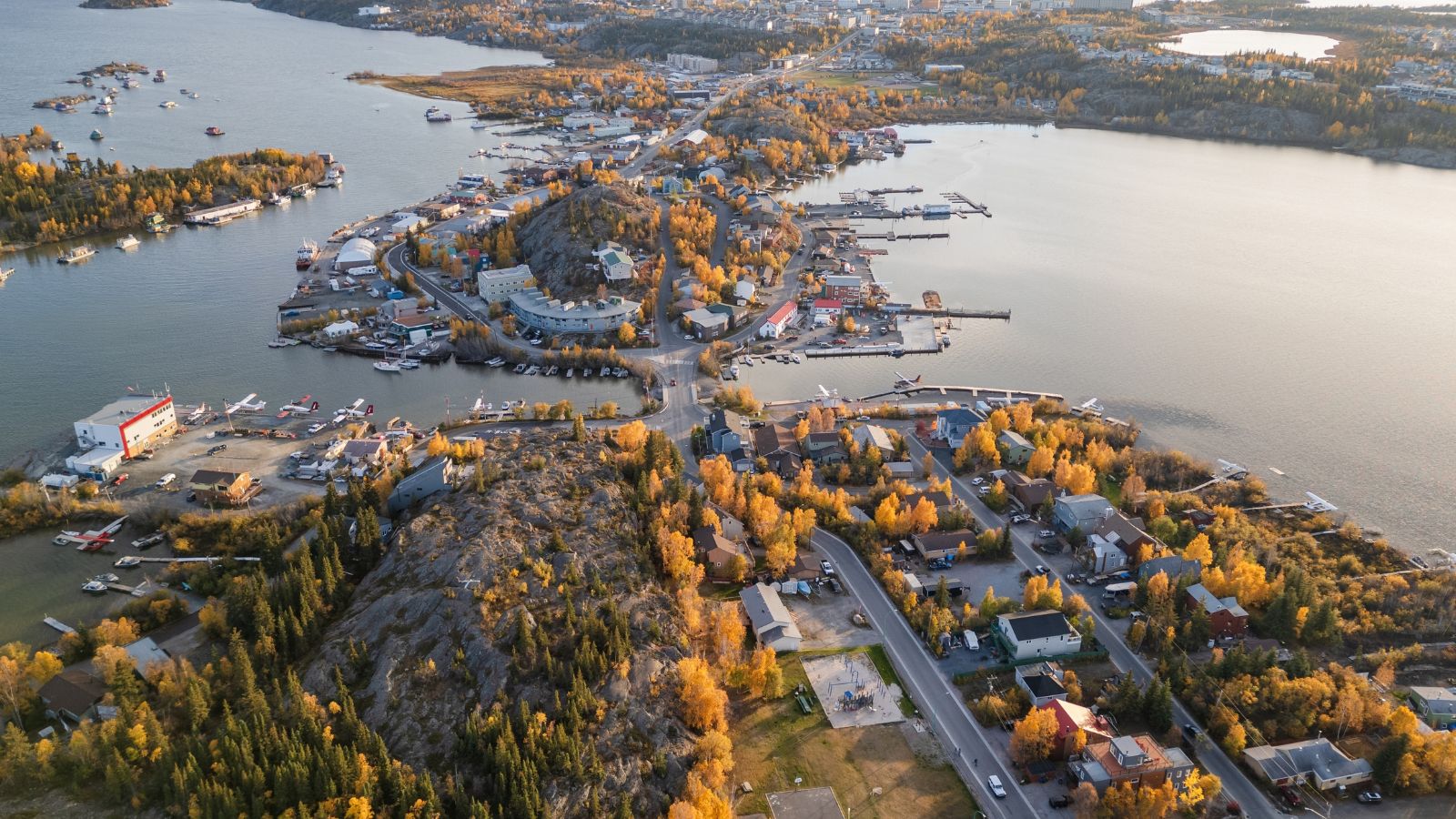
Somewhat isolated in itself, the Fort McPherson community fights for its survival in job opportunities and conditions. As younger generations move away, the long-term survivability of the town comes into question. Climate change is affecting fishing and hunting, which are important to the economy of this town.
Manitoba, Lynn Lake

This town has faced mass depopulation ever since its mines were shut down. With very few economic prospects, the town will probably not survive for much longer. Most former residents are advocating for the development of alternative industries in the area, but so far, no major breakthroughs have been made in that aspect.
Conclusion

So many economic, environmental, and demographic factors are responsible for the fate of these towns in Canada. Some might get themselves reinvented in tourism, renewable energy, or other industries, but some won’t be that lucky. The weight of climate change, scarcity of jobs, and migration to metros keep piling pressure on these communities. Without any intervention, they will be ghosting towns by the year 2030. The time has come for policymakers, residents, and investors to think about solutions to keep these historic places before they are lost. The local government and entrepreneurs must explore collaborative efforts that yield creative solutions to help these towns before it’s too late.
25 Countries Predicted to Become Economic Superpowers in the Next 20 Years

The strength of an economy plays a crucial role in various international policies about trade and relations. Certain factors determine the strength of an economy, including population growth, availability of resources, and development and advancement. Here are 25 countries predicted to become economic superpowers in the next 20 years
25 Countries Predicted to Become Economic Superpowers in the Next 20 Years
